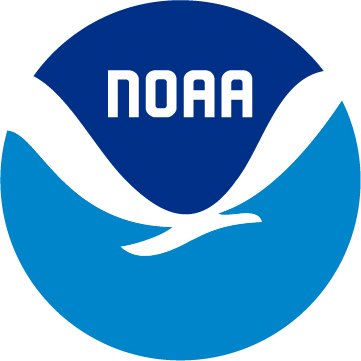
@NOAA_AOML
Atlantic Oceanographic & Meteorological Laboratory: A @NOAA research lab improving ocean services, ecosystem management, and hurricane research for the nation.

@NOAA_AOML
Atlantic Oceanographic & Meteorological Laboratory: A @NOAA research lab improving ocean services, ecosystem management, and hurricane research for the nation.